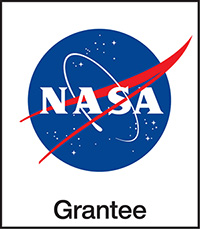![]()
Getting Ready to Teach Water in Extreme Environments
Welcome to your guide for teaching the Water in Extreme Environments unit in grades 6-8 out-of-school time programs.
Welcome to your guide for teaching the Water in Extreme Environments unit in grades 6-8 out-of-school programs.
Welcome to Water in Extreme Environments!
The exploration below has been designed to support your successful implementation of the Water in Extreme Environments unit.
If you haven’t already reviewed the Getting Ready to Teach PLANETS page, then take a few minutes to review that before you jump into the Remote Sensing resources below.
To get ready to teach Water in Extreme Environments, the resource below will engage you in:
- Experience a Water in Extreme Environments activity (Ready S.E.T Go!)
- Review the unit-specific resources for Water in Extreme Environments (e.g., Educator Guide and materials lists)
- Explore different options for implementation that best fit with your learning environment
Water in Extreme Environments Educator Resource Exploration
Whether working solo or with a team, this deep dive into the Water in Extreme Environments unit resources will best prepare you for a successful launch with your learners.
Optional Download – Planning to Teach Template (DOCX). You can use this editable and printable version of the resource exploration outlined below that provides space to capture planning notes and reflections.
★ If you don’t have time for the longer exploration of Remote Sensing, exploring the resources with the star symbol next them is essential preparation and will take ~45 min.


